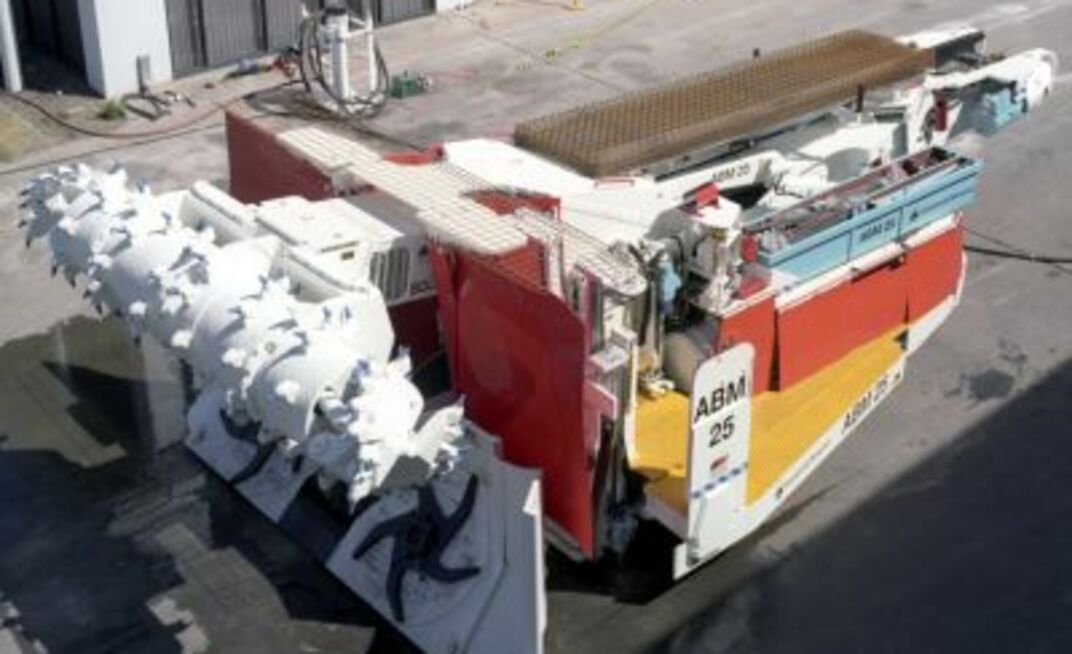The Sandvik Mining Construction subsidiaries are developing the new bolt to speed up the roof and rib bolt installation process. Currently bolt installation is a two-step process involving drilling the hole, withdrawing the bit and then inserting the bolt.
Self-drilling bolts are simply driven into the strata and left, as a separate drill to drive the pilot hole is not needed. Leaving out this second stage can significantly speed up the bolting phase of development and bord and pillar mining.
Much work is currently underway into research to develop a self-drilling bolt solution. Other organisations – including bolt manufacturers and research groups – are currently working on variants of self-drilling bolts. These include hollow self-drilling bolts that allow resin for setting the bolt to be introduced via the bolt itself, but at the moment these bolts are expensive.
Geotechnical consultant Ross Seedsman came up with the bolt invention which has been named the DTG bolt (drillable, tensionable and groutable). Sandvik was approached to develop the idea into a commercial product.
Using a standard bolt, the DTG bolt involves an integral drilling bit and wedge ahead of an expansion shell anchor. A plastic tube surrounds the bolt and allows circulation of drill fluids, the necessary force to set the anchor, and access for grout during or after installation.
The design allows for immediate pre-tension against a proven anchoring system, full encapsulation, and long-term corrosion resistance. The use of standard bolting hardware will keep the costs lower than the alternatives.
Preliminary lab pull tests have been completed into concrete with the bolt standing up to 10 tonne tests.
Sandvik estimates the biggest immediate wins can be achieved if the new bolt is used in ribs – perhaps delivering a time saving of 50% or more. Single pass also means the current difficulties experienced when inserting resin and bolts in fractured conditions will be avoided.
Further work is underway to refine certain elements such as the anchor arrangement with in-situ trials estimated at three to six months away.
The company is currently in the phase of getting industry feedback on how the bolt should be implemented into the development process.

























